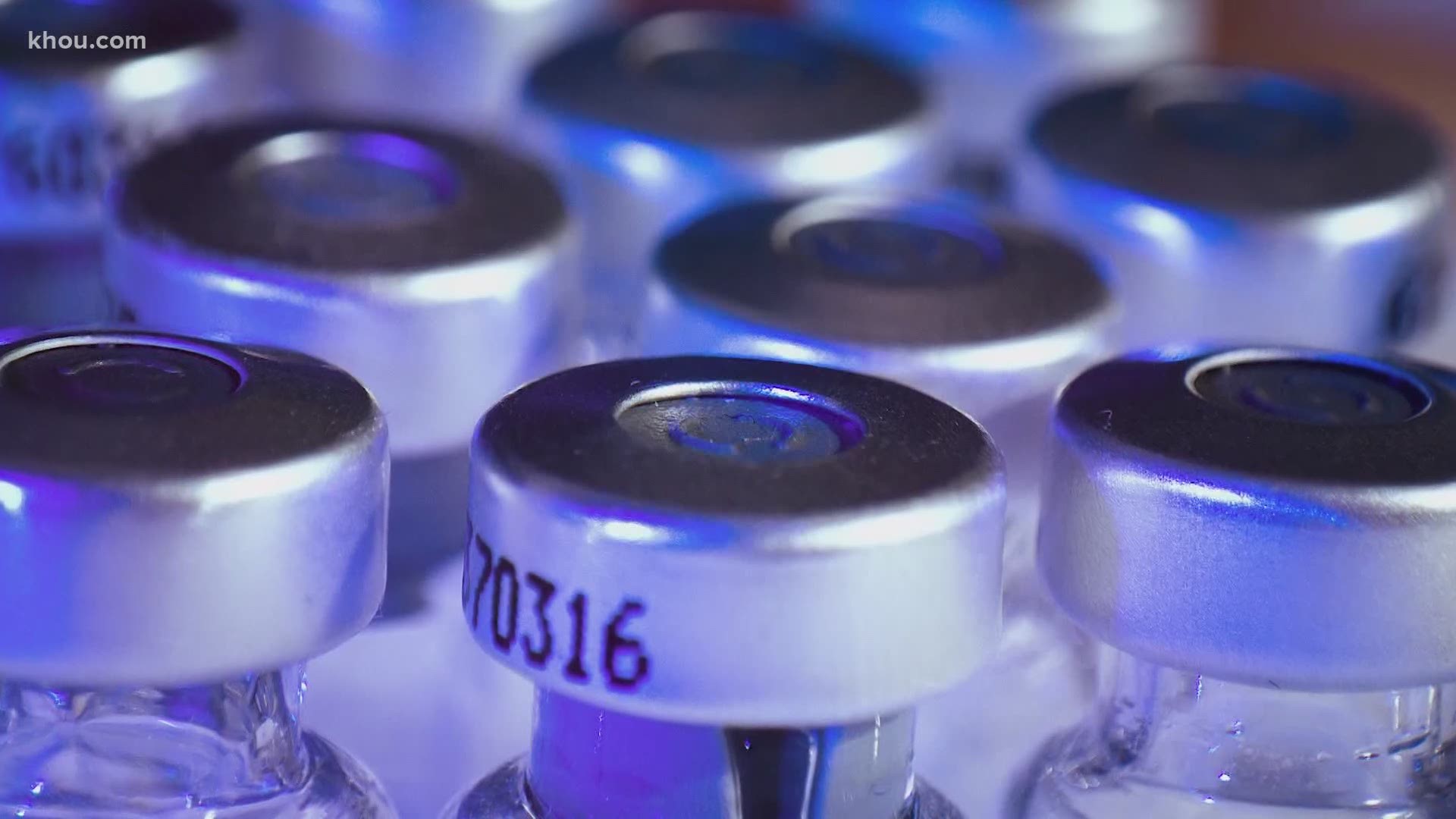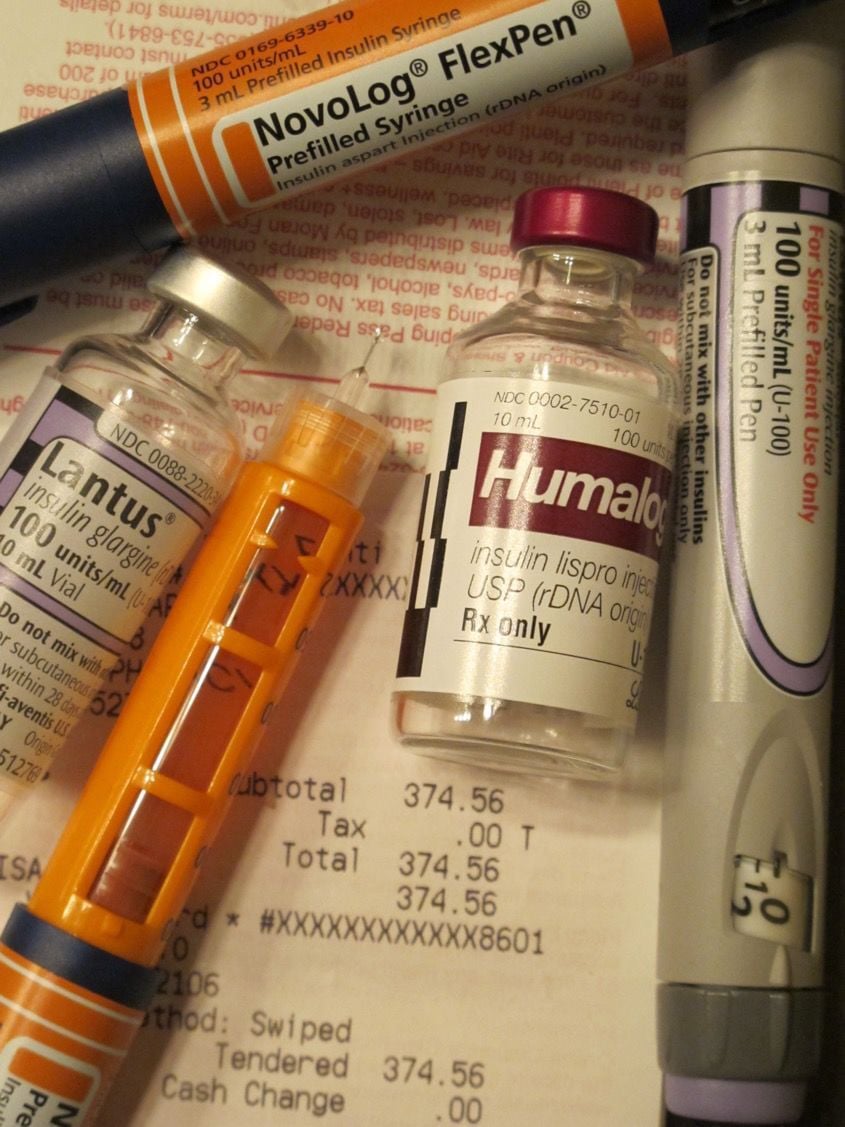Note for people with Extra Help If you get full Extra Help, your set copayment for insulin is lower than the $35 copayment for a 30-day supply under the Senior Savings Model.If you get partial Extra Help, you may pay up to a $9 2 deductible and 15% coinsurance, which may be higher or lower than the $35 copayment under the model. Contact 1-800-MEDICARE if you need help checking the level of. Part D plans are required to cap insulin costs at $35 for a month’s supply, by applying the manufacturer rebates. With the cost burden shifted to manufacturers, they will be paying an estimated. Older adults who pick a drug plan offering the new insulin benefit would pay a maximum of $35 a month starting next year, a savings estimated at $446 annually. Fluctuating cost-sharing amounts that are common now would be replaced by a manageable amount.
Eight States Pass Legislation to Place Caps on Insulin Price; Five More Await Ruling
While the coronavirus epidemic has brought federal drug pricing reform to a halt, individual states have been busy enacting their own drug pricing legislation.
In just the past six weeks, six states have passed laws that cap insulin copayments at or under $100 per month: Maine, New Mexico, New York, Utah, Washington, and West Virginia. These states now join two others, Colorado and Illinois, in becoming the first states to legislate on insulin affordability.

States That Have Passed an Insulin Price Cap
State | Legislation | Date Effective | Date Signed |
Colorado | $100 cap for 30-day supply | January 1, 2020 | May 22, 2019 |
Illinois | $100 cap for 30-day supply | January 1, 2021 | January 2020 |
Maine | $35 cap for 30-day supply | January 1, 2021 | March 31, 2020 |
New Mexico | $25 cap for 30-day supply | January 1, 2021 | March 4, 2020 |
New York | $100 cap for 30-day supply (for state-regulated commercial plans) | January 1, 2021 | April 3, 2020 |
Utah | $30 cap for 30-day supply | January 1, 2021 | March 30, 2020 |
Washington | $100 cap for 30-day supply | January 1, 2021 | March 31, 2020 |
West Virginia | $100 cap for 30-day supply | July 1, 2021 | March 6, 2020 |
Colorado’s law has also revealed a few loopholes. Some health plans fell into an exemption in the legislation, leaving the people on those health plans ineligible for the insulin price cap when purchasing their monthly insulin. Additionally, instead of offering a flat $100 maximum on monthly insulin prescriptions, the current legislation allows insurers to charge $100 per prescription per month, which translates to $200 for those who take both basal and mealtime insulin or two other insulins, such as short-acting and long-acting. In the US, Colorado was the first state to pass its insulin price cap in 2019, and it is the only state in which the law has gone into effect. Due to regulations around health plan renewals, the other seven states must wait until 2021 for these laws to take effect.
While we must wait to see how the other insulin price caps will play out in 2021, there are some positive developments. For example, in addition to its $30 copay cap, Utah’s legislature approved allowing pharmacists to refill expired prescriptions on an emergency basis, thus removing a barrier for those in dire situations. Additionally, in some states, including Colorado, Illinois, and New Mexico, the legislation requires the states to produce a report on insulin pricing practices and provides public policy recommendations to increase affordability.
Five other states – Connecticut, Florida, Kentucky, Tennessee, and Virginia – have advanced legislation regarding insulin copay caps and are awaiting a final verdict. Each of these states’ proposed bills cap insulin copays at $100 per month, with the exception of Connecticut, which limits out-of-pocket insulin expenses to $50 per month.
Additionally, this new wave of state insulin caps parallels Medicare’s recent pilot program that caps monthly insulin costs at $35.
While these insulin price caps are much needed, they generally only apply to people with private/commercial insurance. Those who are uninsured should work to use patient access programs, most of which now give insulin at the same price as state levels or lower, assuming they are approved for the patient. We hope government programs change and become open to those on Medicare since those on Medicare have fewer programs available for them, per government regulations.
As unemployment has soared during the COVID-19 epidemic and people lose insurance through their employers, it is critical for lawmakers to further this work on ensuring that insulin is affordable for all who need it. Until then, some people may be able to find savings through patient assistance programs and copay savings cards. To learn more, see our Get Insulin resource page.
By Karena Yan
The Centers for Medicare and Medicaid Services on Tuesday announced a partnership with the nation's three largest insulin makers – Eli Lilly, Novo Nordisk, and Sanofi – to cap the copay cost of insulin in the Part D coverage gap at $35.
In addition, CMS Administrator Seema Verma said the agency is looking at current telehealth waivers under the COVID-19 pandemic to see if they may be extended. Some of the provisions extended on a temporary basis will be made permanent, Verma said during Tuesday's call.
The Part D Senior Savings Model announced Tuesday will see participating pharmaceutical manufacturers continuing to pay their current 70% discount in the coverage gap for their insulins. Based on the model's waiver of current regulations, those manufacturer-discount payments will be calculated before the application of supplemental benefits under the model – which will reduce the out-of-pocket cost of insulin for Medicare beneficiaries, CMS said.
Beneficiaries who use insulin and join a plan participating in the model could see average out-of-pocket savings of $446, or 66%, for their insulins, funded in part by manufacturers paying an estimated additional $250 million of discounts over the five years of the model, CMS said.
The model will start in January 2021 for participating enhanced Part D prescription drug plans. Over 1,750 standalone Medicare Part D prescription drug plans and Medicare Advantage plans with prescription drug coverage have applied.
CMS said this is the first time it is enabling and encouraging Part D plans to offer fixed, predictable copays for beneficiaries rather than leaving seniors paying 25% of the drug's cost in the coverage gap. The broad range of insulins covered include both pen and vial dosage forms for rapid-acting, short-acting, intermediate-acting and long-acting insulins.
CMS has found that $50 is the price at which seniors stop buying and taking their medication, said Kellyanne Conway, counselor to the President.
One in every three Medicare beneficiaries has diabetes.
CMS anticipates beneficiaries will have Part D plan options in all 50 states, the District of Columbia and Puerto Rico.
Beneficiaries will be able to enroll during Medicare open enrollment, which runs from October 15 through December 7, for Part D coverage that begins on January 1, 2021.

Part D sponsors that applied must submit their calendar year 2021 plan benefits to CMS by June 1 to designate their participation in the model. CMS anticipates releasing the premiums and costs for specific Medicare health and drug plans for the 2021 calendar year in September 2020, including final information on the model.
WHY THIS MATTERS
Currently, Part D sponsors may offer prescription drug plans that provide lower cost-sharing in the coverage gap referred to as the doughnut hole. However, when they do, the Part D sponsor accrues costs that pharmaceutical manufacturers would normally pay. These costs are then passed on to beneficiaries in the form of higher premiums.
The new insulin model directly addresses this disincentive by allowing manufacturers to continue paying their full coverage-gap discount for their products, even when a plan offers lower cost-sharing, and by requiring participating Part D sponsors' plans, in part through applying manufacturer rebates, to lower cost-sharing to no more than $35 for a month's supply for a broad set of insulins.
THE LARGER TREND
A beneficiary's out-of-pocket costs for insulin in Medicare's Part D prescription drug benefit can fluctuate from one month to the next, in part due to the different rules applying for each phase of the Part D benefit. This can be challenging for beneficiaries when budgeting for their drug costs.
The model aims to address this with stable, predictable costs for insulin, CMS said.
Which State Capped Insulin Prices
The voluntary, Part D Senior Savings Model was announced on March 11. The model follows the Trump Administration's previously announced 13.5% decline in the average monthly basic Part D premium.
ON THE RECORD
'President Trump has forged partnerships with pharmaceutical manufacturers and plans to deliver lower priced insulin to our nation's seniors,' said CMS Administrator Seema Verma. 'This market-based solution, in which insulin manufacturers and Part D sponsors compete to provide lower costs and higher quality for patients, will allow seniors to choose a Part D plan that covers their insulin at an average 66% lower out-of-pocket cost throughout the year.'
Matt Eyles, president and CEO of America's Health Insurance Plans said, 'Innovative voluntary programs like this Part D Senior Savings Model are an excellent example of public-private partnerships where everyone wins, but especially patients. This program builds on steps the Administration has already taken to empower Medicare Advantage plans to provide additional supplemental benefits for diabetic patients.'
Insulin Capped At $35 A Month
Twitter: @SusanJMorse
Email the writer: susan.morse@himssmedia.com
